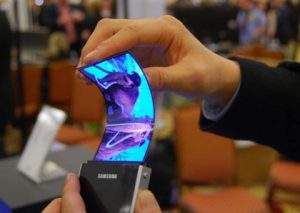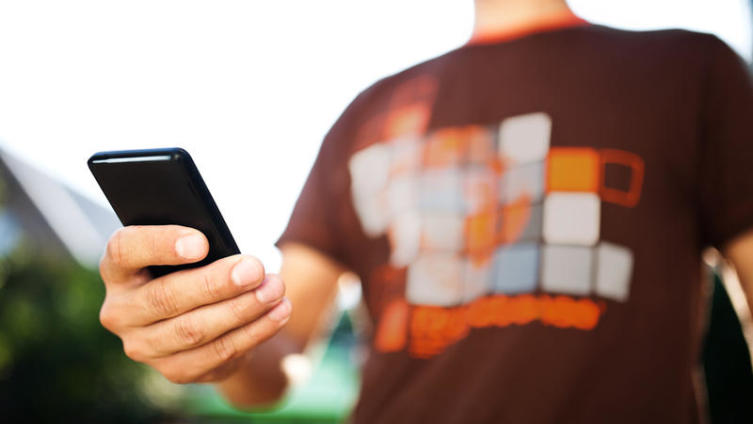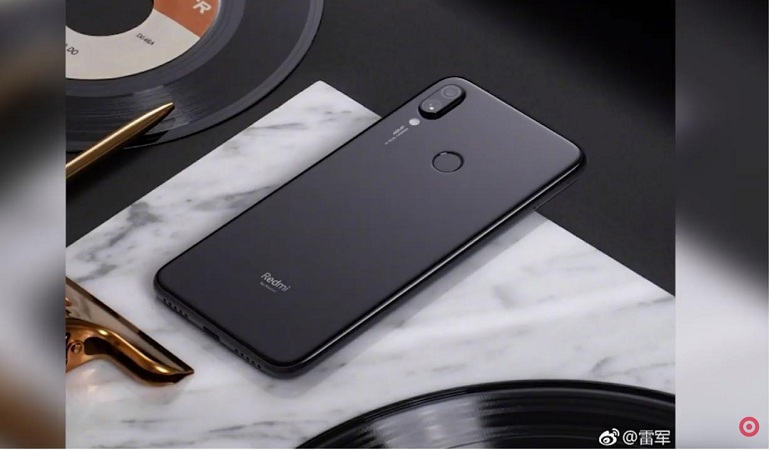Types of screens in smartphones: which one to choose?
 Before the mass distribution of smartphones, when buying phones, we evaluated them mainly by design and only occasionally paid attention to the functionality. Times have changed: now all smartphones have about the same capabilities, and when you look only at the front panel, one gadget can hardly be distinguished from another. Technical characteristics of devices have come to the forefront, and the screen is the most important among them for many. We will tell you what lies behind the terms TFT, TN, IPS, PLS, and help you choose a smartphone with the desired screen characteristics.
Before the mass distribution of smartphones, when buying phones, we evaluated them mainly by design and only occasionally paid attention to the functionality. Times have changed: now all smartphones have about the same capabilities, and when you look only at the front panel, one gadget can hardly be distinguished from another. Technical characteristics of devices have come to the forefront, and the screen is the most important among them for many. We will tell you what lies behind the terms TFT, TN, IPS, PLS, and help you choose a smartphone with the desired screen characteristics.
Matrix Types
In modern smartphones, three matrix technologies are mainly used: two are based on liquid crystals – TN + film and IPS, and the third – AMOLED – on organic light-emitting diodes. But before you begin, you should talk about the abbreviation TFT, which is the source of many misconceptions. TFT (thin-film transistor) is thin-film transistors, which are used to control the operation of each subpixel of modern screens. TFT technology is used in all of the above types of screens, including AMOLED, therefore, if somewhere it is said about comparing TFT and IPS, then this is a fundamentally wrong question.
Screens in smartphones
Most TFT matrices use amorphous silicon, but recently TFT on polycrystalline silicon (LTPS-TFT) has been introduced into production. The main advantages of the new technology are the reduction of power consumption and the size of transistors, which allows to achieve high values of pixel density (more than 500 ppi). OnePlus One was one of the first smartphones with an IPS-display and an LTPS-TFT matrix.
Now, when we figured out the TFT, let’s go directly to the types of matrices. Despite the wide variety of LCD varieties, they all have the same basic principle of operation: the current applied to the liquid crystal molecules sets the angle of polarization of the light (it affects the brightness of the subpixel). Polarized light then passes through a light filter and is painted in the color of the corresponding subpixel. The first in smartphones appeared the most simple and cheap matrix TN + film, whose name is often shortened to TN. They have small viewing angles (no more than 60 degrees with a deviation from the vertical), and even at small inclinations the image on the screens with such matrices is inverted. Other disadvantages of TN matrices include low contrast and low color accuracy. To date, such screens are used only in the cheapest smartphones, and the vast majority of new gadgets already have more advanced displays.
The most common in mobile gadgets now is IPS technology, sometimes referred to as SFT. IPS-matrices appeared 20 years ago and have since been released in various modifications, the number of which is close to two dozen. Nevertheless, it is worth highlighting among them those that are the most technologically advanced and are actively used at the moment: AH-IPS from LG and PLS from Samsung, which are very close in their properties, which even was a reason for litigation between manufacturers . Modern IPS modifications have wide viewing angles that are close to 180 degrees, realistic color reproduction and provide the ability to create displays with high pixel density. Unfortunately, manufacturers of gadgets almost never tell the exact type of IPS-matrix, although when using a smartphone, the differences will be visible to the naked eye. Favorable IPS matrices are characterized by fading images when the screen is tilted, as well as low color accuracy: the image can be either too “acidic” or, on the contrary, “faded”.
As for power consumption, in liquid crystal displays it is mostly determined by the power of the backlight elements (smartphones use LEDs for this purpose), so the consumption of TN + film and IPS arrays can be considered approximately the same with the same brightness level.
Displays for smartphones
LCDs are completely different from matrixes based on organic light-emitting diodes (OLED). In them, the light source is the subpixels themselves, which are ultra-miniature organic LEDs. Since there is no need for external illumination, such screens can be made thinner than liquid crystal ones. Smartphones use a kind of OLED technology – AMOLED, which uses an active TFT matrix to control subpixels. This is what allows AMOLED to display colors, while ordinary OLED panels can only be monochrome. AMOLED arrays provide the deepest black color, since to “display” it is only necessary to turn off the LEDs completely. Compared to LCD, such matrixes have lower power consumption, especially when using dark themes, in which the black parts of the screen do not consume energy at all. Another characteristic feature of AMOLED is too saturated colors.




